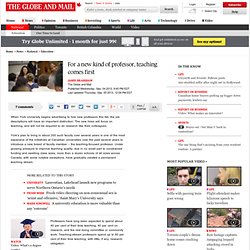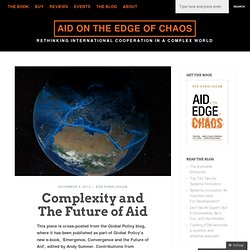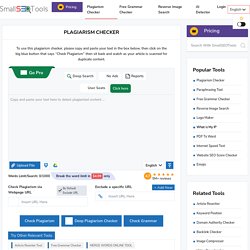

For a new kind of professor, teaching comes first. When York University begins advertising to hire new professors this fall, the job descriptions will have an important distinction: The new hires will focus on teaching, and will not be required to do research like their colleagues.

York’s plan to bring in about 200 such faculty over several years is one of the most expansive of the initiatives at Canadian universities over the past several years to introduce a new breed of faculty member – the teaching-focused professor. Under growing pressure to improve teaching quality, due in no small part to constrained funding and swelling class sizes, more than a dozen schools of all sizes across Canada, with some notable exceptions, have gradually created a permanent teaching stream. Professors have long been expected to spend about 40 per cent of their time teaching, 40 per cent on research, and the rest doing committee or community work.
“When you’re also a researcher, you’re a different kind of teacher. Students are similarly divided. Complexity and The Future of Aid. This piece is cross-posted from the Global Policy blog, where it has been published as part of Global Policy’s new e-book, ‘Emergence, Convergence and the Future of Aid’, edited by Andy Sumner.

Contributions from academics and practitioners will be serialised on Global Policy until the e-book’s release in the first quarter of 2014. Find out more here or join the debate onTwitter #GPfutureofaid. There is a pervasive and longstanding bias in aid. While few individuals actually believe the tenets of this bias, and no organisations explicitly state it as their business model, the bias is part of the DNA of the system. It’s implications are far from trivial: aid agencies are incentivized to treat the world as a simple, predictable place in which aid can be delivered, as if on a global conveyor belt, to bring about positive changes. However the challenge in foreign aid is that such biases are not aberrations or one-offs but a fundamental part of the rules of the game.
Like this: Welcome to WISE (Web Interface for Statistics Education) Home - nvao.com.
RM1. 2013_05%20Glaister%20Leslie%20and%20Nathalie%20Holvoet. Plagiarism Checker. A list of key features: 1.

Billions of web pages This tool has the ability to check plagiarism by matching your content against billions of webpages on the Internet. Once you upload your content, it will automatically run it against every existing content on the web within seconds, making it the most sophisticated yet fastest plagiarism scanner you'll ever come across in your lifetime. 2. It has an option for automatically rewriting the content you run on it in just one click. 3. Our similarity checker allows you to upload different formats of documents including .doc, .docx, .txt, .tex, .rtf, .odt, and .pdf. 4. With this free online plagiarism test tool, not only are you able to upload different formats of documents, you can also check plagiarism via a website URL. 5.
Our anti-plagiarism engine comes with a reporting option which allows you to download a report of the plagiarism search you run. 6. How about an option for sharing the plagiarism report generated? 7. 8. Live in the cloud?
ToD Politics. ToD Poverty. Convert Words to Pages - Free Calculator (select font & size) Making the Most of Class Time. Dissertation Links.